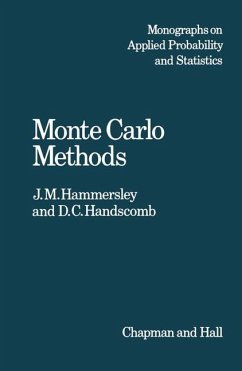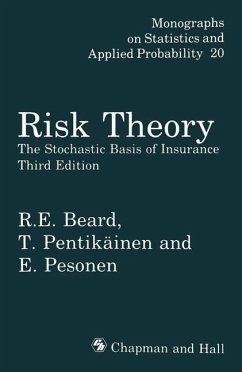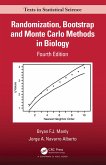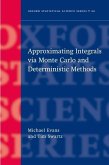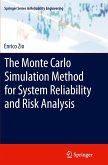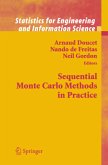This monograph surveys the present state of Monte Carlo methods. we have dallied with certain topics that have interested us Although personally, we hope that our coverage of the subject is reasonably complete; at least we believe that this book and the references in it come near to exhausting the present range of the subject. On the other hand, there are many loose ends; for example we mention various ideas for variance reduction that have never been seriously appli(:d in practice. This is inevitable, and typical of a subject that has remained in its infancy for twenty years or more. We are convinced Qf:ver theless that Monte Carlo methods will one day reach an impressive maturity. The main theoretical content of this book is in Chapter 5; some readers may like to begin with this chapter, referring back to Chapters 2 and 3 when necessary. Chapters 7 to 12 deal with applications of the Monte Carlo method in various fields, and can be read in any order. For the sake of completeness, we cast a very brief glance in Chapter 4 at the direct simulation used in industrial and operational research, where the very simplest Monte Carlo techniques are usually sufficient. We assume that the reader has what might roughly be described as a 'graduate' knowledge of mathematics. The actual mathematical techniques are, with few exceptions, quite elementary, but we have freely used vectors, matrices, and similar mathematical language for the sake of conciseness.

